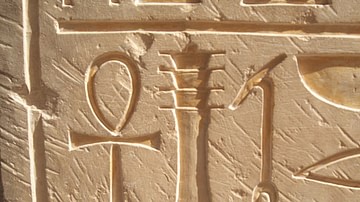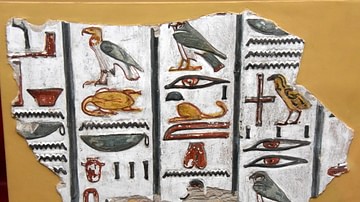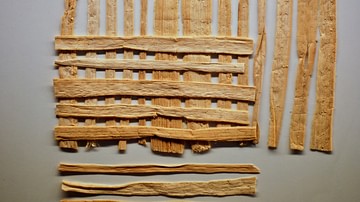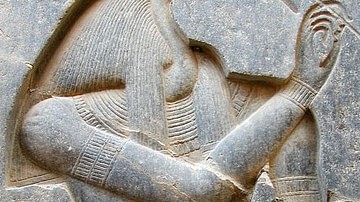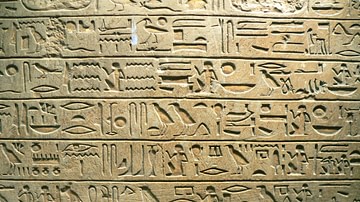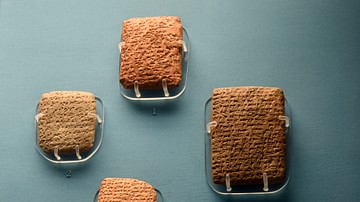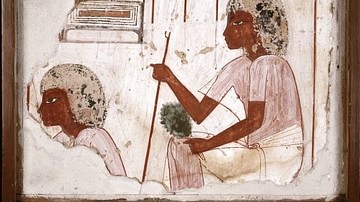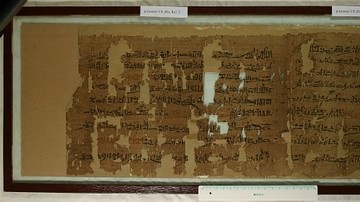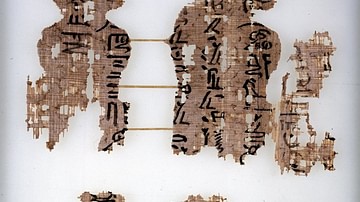Writing in ancient Egypt developed sometime prior to the Early Dynastic Period (c. 3150-2613 BCE) and came to be recognized as a gift of the god Thoth who empowered humanity through the written word. Writing preserved memory, honored the gods, and allowed for long-distance communication with others, including the souls of the dead in the afterlife.
This collection includes a brief survey of the subject as well as some primary sources on how the ancient Egyptians viewed writing and the two deities – Thoth and Seshat – most closely associated with the craft.

